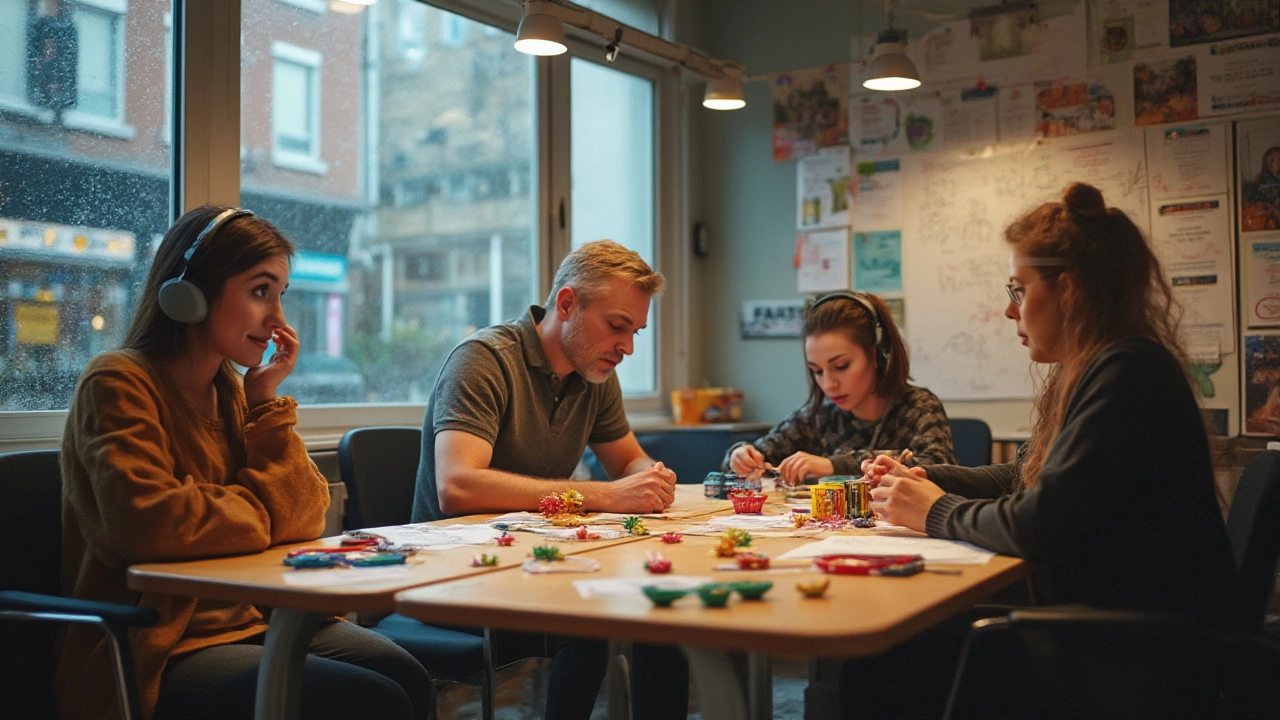Adult Learning Styles: How to Learn Like a Pro
Ever wonder why some training feels boring while other sessions click instantly? It often comes down to learning style. Adults aren’t all the same – we each absorb information in ways that feel natural. Figuring out your personal style can make courses, workshops, or even self‑study feel easier and faster.
Four Core Styles to Know
Visual learners remember pictures, charts, and colors better than plain text. If you catch onto a concept by watching a video or seeing a diagram, you’re likely visual. Try turning key points into mind maps or using colored sticky notes for quick reminders.
Auditory learners thrive on spoken words. Podcasts, group discussions, and reading aloud work wonders. When you teach a friend or record yourself summarizing a topic, you’ll notice the material sticks.
Reading/Writing learners prefer lists, articles, and handouts. They love turning ideas into notes or bullet points. Converting a video into a transcript or summarizing a chapter in your own words can boost retention.
Kinesthetic learners need movement. Hands‑on activities, role‑plays, or even doodling while you study help cement ideas. If you find yourself fidgeting during a lecture, try standing up, using a whiteboard, or doing a quick demo of the concept.
Practical Tips to Match Your Style
Start by testing each style. Pick a short tutorial and consume it as a video, then as an audio file, then as a written guide, and finally by doing a quick activity. Notice which version feels most natural and which you recall later.
Once you know your preference, tweak your learning routine:
- Visual: Create flashcards with images, use colour‑coded outlines, watch explanatory animations.
- Auditory: Join study groups, record key points, listen to related podcasts during commutes.
- Reading/Writing: Write summaries after each session, keep a dedicated notebook, turn complex ideas into bullet lists.
- Kinesthetic: Build models, practice with real‑world examples, move around while reviewing notes.
Remember, most adults blend styles. Mixing methods—like watching a video (visual) and then discussing it (auditory)—often yields the best results.
Adult learning also leans on two big principles from andragogy: you’re self‑directed and you want content that solves real problems. Choose resources that let you set goals, track progress, and apply what you learn immediately. When a course ties directly to a work challenge or personal project, motivation spikes.
Finally, keep the environment supportive. A quiet space helps readers, while background music may aid auditory learners. Test different setups and stick with what keeps you focused.
Understanding your adult learning style isn’t a one‑time checklist; it’s a habit of checking in with yourself. By matching study methods to how you naturally process information, you’ll learn faster, retain more, and feel less frustrated. Give these tips a try on your next training session and see the difference it makes.
Adult Learning Styles Explained: Visual, Auditory & Kinesthetic Insights
Discover the three major adult learning styles—visual, auditory, and kinesthetic. Learn practical tips for recognizing, embracing, and adapting to your unique learning style.
